Bulgarian split squats are a powerful lower-body exercise known for their effectiveness in building strength and muscle in the legs and glutes. However, if you want to take your Bulgarian split squat game to the next level, it’s time to introduce resistance bands. In this guide, we’ll explore how to add resistance bands to Bulgarian split squats to increase intensity and maximize your leg day gains.
Benefits of Bulgarian Split Squats
Before diving into the world of resistance bands, let’s briefly highlight why Bulgarian split squats are a staple in many fitness routines.
This exercise offers several notable benefits:
1. Leg Development
Bulgarian split squats primarily target the quadriceps, hamstrings, and glutes, making them an excellent choice for building lower body strength and muscle.
2. Balance and Coordination
Unlike traditional squats, split squats require stability and balance, enhancing overall coordination.
3. Functional Strength
These squats mimic real-life movements like climbing stairs or stepping up, making them valuable for daily activities.
4. Reduced Risk of Imbalances
Working one leg at a time can help address muscle imbalances between your left and right sides.
However, as you become more experienced and stronger, it’s essential to continually challenge yourself and progressively overload your muscles to keep seeing gains. This is where resistance bands come into play.
Understanding Resistance Bands
Resistance bands, often made from latex or rubber, are versatile, portable exercise tools that provide variable resistance. They come in various resistance levels, typically color-coded to indicate their intensity. Bands with lighter resistance are ideal for beginners, while heavier bands offer more challenge for advanced users.
One of the significant advantages of resistance bands is their portability. You can take them anywhere from the gym to your home or even on vacation making them a valuable addition to your fitness toolkit.
Choosing the Right Resistance Band
Selecting the appropriate resistance band is crucial for a safe and effective workout. The right band will challenge your muscles without causing undue strain.
Here’s how to choose the right one:
1. Identify Your Fitness Level: Determine your fitness level to gauge the appropriate resistance level for your Bulgarian split squat alteration. If you’re a beginner, start with a lighter band and gradually progress to heavier ones as you get stronger.
2. Check Band Thickness: Thicker bands usually provide more resistance than thinner ones. Keep this in mind when selecting a band that suits your goals and abilities.
3. Consider Band Length: The length of the resistance band can impact the exercises you can perform. Longer bands offer more versatility, while shorter bands may limit your options.
4. Quality Matters: Invest in high-quality bands to ensure they won’t snap or break during your workout. Look for bands made from durable materials and with good reviews.
Setting Up for Bulgarian Split Squats with Resistance Bands
Now that you’ve acquired the right resistance band, it’s time to set up for Bulgarian split squats.
Here’s how to do it:
1. Anchor Point: Secure one end of the resistance band to a stable anchor point. This could be a wall-mounted hook, a sturdy post, or a piece of gym equipment. Ensure that the anchor point can support the resistance band’s tension.
2. Positioning: Stand away from the anchor point, with the resistance band securely attached behind you.
3. Band Placement: Loop the other end of the resistance band under your front foot and hold it with your hands, positioning the band just above your shoulders.
Performing Bulgarian Split Squats with Resistance Bands
With the resistance band set up, it’s time to perform Bulgarian split squats.
Here’s a step-by-step guide:
1. Starting Position: Stand a few feet from the anchor point, with one foot forward and the other resting on the resistance band. The band should be securely positioned just above your shoulders.
2. Form: Keep your chest up, shoulders back, and core engaged. Maintain a slight forward lean with your torso.
3. Execution: Lower your body into a squat by bending your front knee, ensuring it doesn’t extend beyond your toes. Your back knee should descend toward the floor.
4. Depth: Aim to lower yourself until your front thigh is parallel to the ground or as far as your flexibility allows. Keep your back knee hovering slightly above the floor.
5. Drive Through Your Heel: Push through your front heel to return to the starting position. Focus on using the strength of your front leg while engaging your glutes and quads.
6. Repetition: Complete the desired repetitions on one leg before switching to another. Common rep ranges are 8-12 per leg for hypertrophy and 4-6 per leg for strength.
Common Mistakes to Avoid
As with any exercise, there are common mistakes to watch out for when performing Bulgarian split squats with resistance bands:
1. Poor Form: Maintaining proper form is crucial. Avoid leaning too far forward or letting your knee extend beyond your toes.
2. Overstretching the Band: Ensure the resistance band is securely anchored and properly positioned under your front foot to prevent overstretching or snapping.
3. Rushing the Movement: Perform the exercise with control and a full range of motion, avoiding rapid or jerky movements.
4. Neglecting Balance: Pay attention to balance and stability. Use a support or hold onto a wall or sturdy object if necessary, especially when starting.
5. Ignoring Pain: If you experience pain, discomfort, or excessive strain, stop immediately. Consult a fitness professional or healthcare provider if needed.
Benefits of Adding Resistance Bands
Now that you’ve mastered the technique let’s explore the benefits of incorporating resistance bands into your Bulgarian split squats:
1. Increased Intensity: Resistance bands add an extra layer of resistance throughout the entire range of motion, making the exercise more challenging and effective.
2. Constant Tension: Unlike free weights, resistance bands provide continuous tension on the muscle, maximizing muscle engagement throughout the movement.
3. Improved Muscle Activation: The bands force your muscles to work harder to control the resistance, resulting in better muscle activation and growth.
4. Versatility: Resistance bands offer various resistance levels, allowing you to adjust the intensity of your workouts by swapping bands easily.
5. Joint-Friendly: The smooth resistance of bands can be gentler on the joints compared to heavy weights, making them suitable for individuals with joint issues or injuries.
Sample Resistance Band Workouts
Now that you understand the benefits of resistance bands in Bulgarian split squats let’s explore some sample workouts to help you get started.
These workouts are suitable for different fitness levels, from beginners to advanced:
Note: Always warm up before starting your workouts and consult a fitness professional or healthcare provider if you have any medical concerns or injuries.
Beginner Workout (3 sets of 10-12 reps per leg):
1. Bulgarian Split Squats with Light Resistance Band
2. Bodyweight Reverse Lunges (for variety)
3. Bodyweight Calf Raises (for added balance and calf engagement)
Intermediate Workout (4 sets of 8-10 reps per leg):
1. Bulgarian Split Squats with Moderate Resistance Band
2. Bodyweight Step-Ups (using a sturdy bench or step)
3. Resistance Band Glute Bridges (to target the glutes)
Advanced Workout (5 sets of 6-8 reps per leg):
1. Bulgarian Split Squats with Heavy Resistance Band
2. Dumbbell Goblet Squats (for additional leg and core work)
3. Romanian Deadlifts with Dumbbells (to target hamstrings and lower back)
Safety Precautions
While Bulgarian split squats with resistance bands can be highly effective, safety should always be a priority:
1. Start Light: If you’re new to resistance bands, begin with a lighter band to get accustomed to the exercise and prevent overexertion.
2. Proper Warm-Up: Warm up your muscles with dynamic stretches and light cardiovascular exercise to reduce the risk of injury.
3. Progress Gradually: Increase the resistance level gradually as you become stronger and more comfortable with the exercise.
4. Use Proper Form: Maintain correct form throughout each repetition to prevent strain and reduce the risk of injury.
5. Listen to Your Body: If you experience pain or discomfort beyond the usual muscle burn, stop immediately and seek guidance from a fitness professional.
Conclusion
Adding resistance bands to your Bulgarian split squats is an excellent way to increase intensity, challenge your muscles, and take your leg workouts to new heights. Whether you’re a beginner or a seasoned fitness enthusiast, the versatility and effectiveness of this exercise make it a valuable addition to your training routine. By following proper form, choosing the right resistance bands, and progressing gradually, you can achieve impressive strength, muscle development, and overall lower body fitness. So, why wait? Grab your resistance bands, anchor them securely, and start elevating your Bulgarian split squat game today. Your legs will thank you for it!

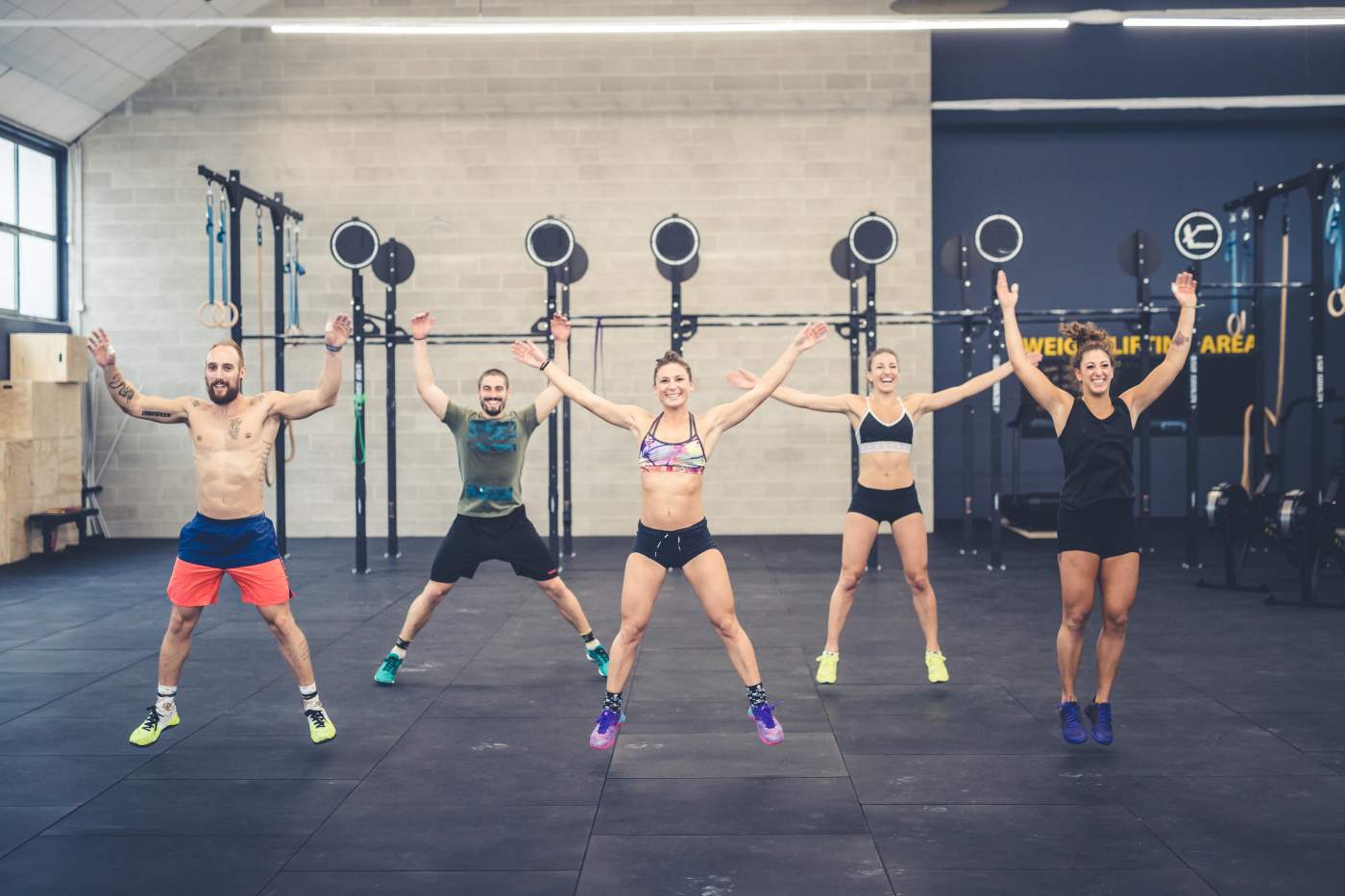
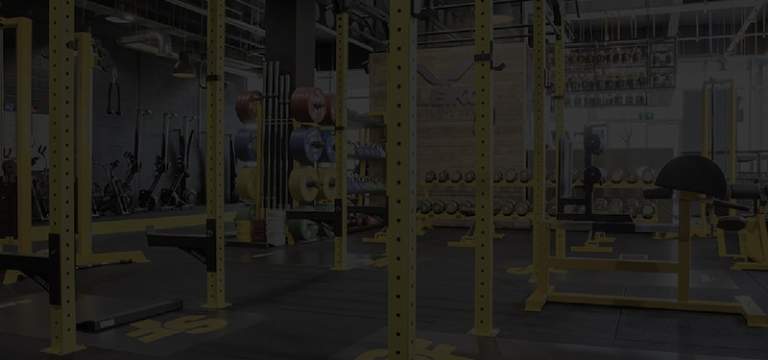
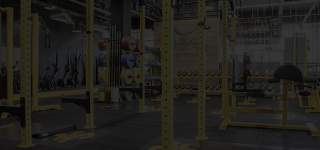
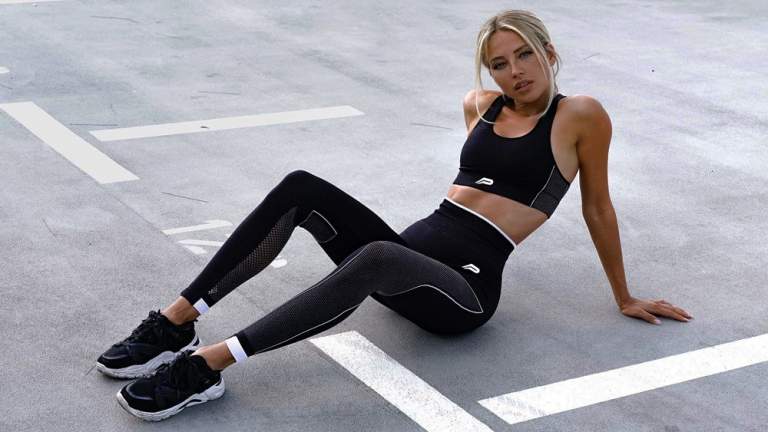

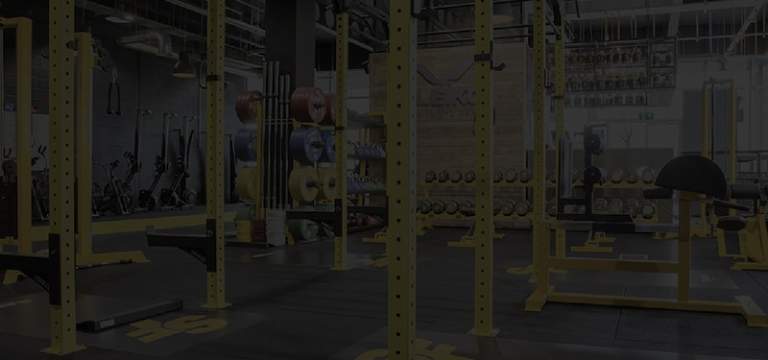
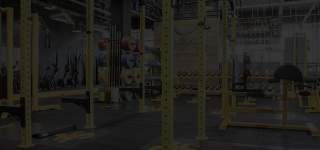
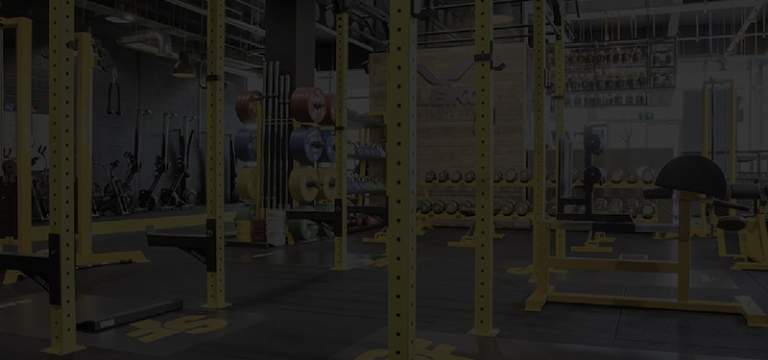
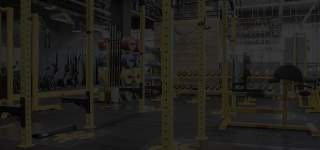

203 Comments
Comments are closed.